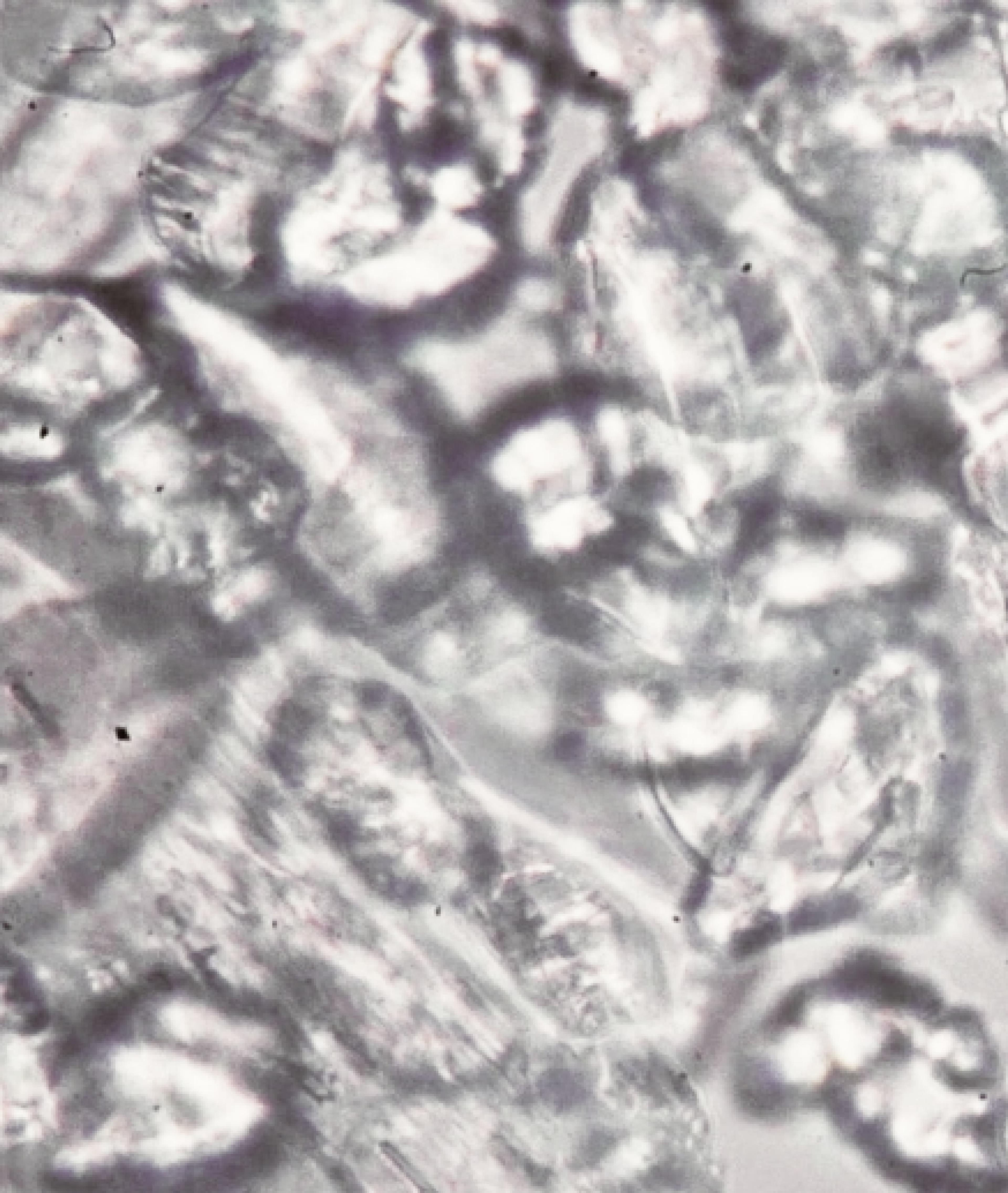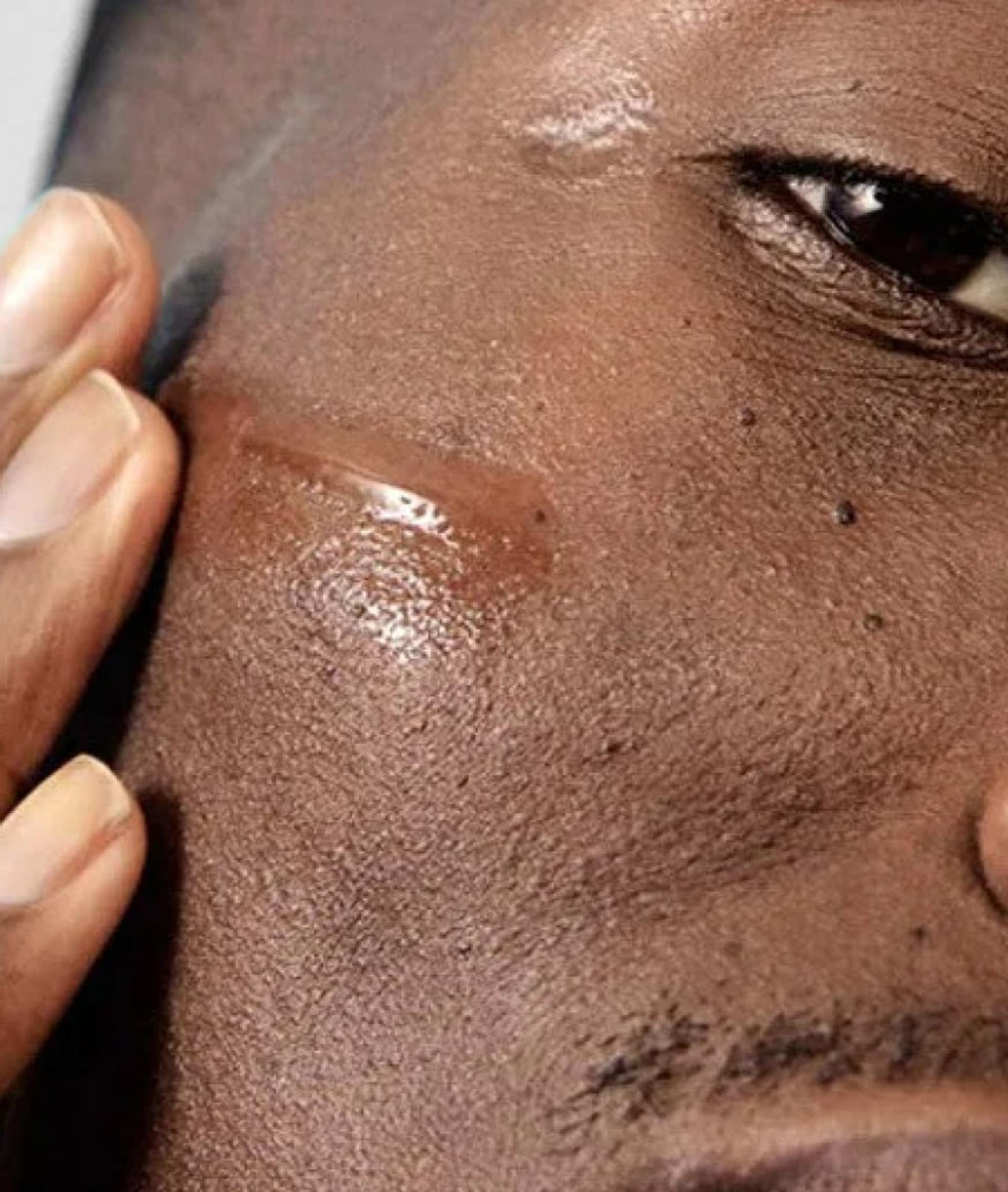What is Corneotherapy?
- Skin microbiome

Although Corneotherapy may be a new term to many of us, the principles on which it is based are not! I have found the term corneotherapy is increasing in popularity, and the very existence of the search term gives credence to the incredible research being done to understand the skin barrier. Many of us know that preserving and maintaining the skin barrier is an essential part of skin health. So, let’s go through the principles of corneotherapy, how practicing corneotherapy can improve skin, and what to look for in products that support a corneotheraputic approach.
What is corneotherapy?
Many common skin practices are focused on removing the surface layer of skin cells. This process is known as exfoliation, and it has been touted for years that exfoliation is a healthy and beneficial part of any skin routine. Corneotherapy, however, takes a different approach. Corenotherapy is based on the idea that the top layer of skin is highly bioactive; despite the fact that these cells are dead. Corneotherapy harnesses the bioactive nature of these cells and works to preserve this layer, “with its core principle being the repair and maintenance of the skin barrier defense systems [skin microbiome]. As the name suggests, Corneotherapy is closely related to Corneobiology, which is the physiological, biologic, and biochemical processes of the stratum corneum; the outermost layer of the epidermis” - AAC.
This means, at its core (pun intended?), corneotherapy follows practices that work to support and keep the integrity of the skin barrier pristine, as to not strip the skin of essential nutrients or protecting elements that maintain cutaneous immunity- such as the skin microbiome, which can be disrupted temporarily by more harsh exofliating practices such as dermaplaning. (which I love btw, but it has its time and place)
Okay, so now that we know the general principles of corneotherapy, how does it work?
How does corneotherapy work to support skin health?
Practicing corneotherapy can have two main benefits on skin: anti-aging and barrier integrity/repair. While these two may sound like competing interests because modern skin practices sometimes frame them as such, they can, in fact, actually work in tandem.
Research has shown that the top layer of skin is able to send signals to the lower layers of skin, which are moving their way through the dermis and into the epidermis. This process of moving skin cells through the skin layers is called skin cell turnover or regeneration. “Researchers and specialists agree on the fact that there are numerous signal functions which influence important controls in the living epidermis that begin or are triggered in the stratum corneum. It is therefore obvious that the care of the stratum corneum has an important influence on regenerating processes of deeper skin layers, which in turn is influenced by the condition of the stratum corneum.” -IAC
When we hear regeneration, we may think of anti-aging. This is correct- but only half the picture.
It’s common to encourage cell regeneration via superficial, repeated damage to the top layer of skin. These treatments are designed to trigger the skin into repair mode by sluffing off the dead skin cells that sit at the surface of the skin (yes-the same dead cells corneotherapy works to nourish and preserve). The skin then works to replace these cells as they have protective functions, which in-turn, speeds up skin cell turnover and leaves the skin looking fresh and glowing. This process, however, leaves the skin in a very vulnerable state, increasing levels of TEWL or transepidermal water loss. Excessive TEWL levels are problematic for many reasons, but in terms of regeneration, hydration is the governor of how our skin cells move through the barrier. Without proper hydration, skin cell turnover will not happen properly, leading to an overall weakening of the barrier and impaired skin barrier function.
In short, Corneotherapy works to support skin health, regeneration (anti-aging), and skin barrier integrity (proper skin hydration) by preserving the top layer of the epidermis, the stratum corneum.
What to look for in products and best practices?
If you are experiencing extra dry, flakey, or sensitive skin, I would consider corneotherapy as a possible treatment path. In addition, anyone suffering from acne, eczema, xerosis, or rosacea is also a good candidate for corneotherapy, as your skin barrier is most certainly compromised. Products that support corneotherapy will include skin identical lipid ingredients. The following is a list of natural skin lipids and their skincare ingredient counterparts:
Skin Barrier Lipids >> Bio-mimicking components in a product
- Triglycerides >> Triglycerides (from palm oil), Caprylic/capric triglyceride
- Squalene >> Squalane (from sugar)
- Ceramides >> Ceramides (from yeast)
- Cholesterol >> Phytosterols (from shea butter)
- Phospholipids (e.g. Phosphatidylcholine) >> Phosphatidylcholine [PC-H] (from soybean)
- Fatty acids >> Fatty acids, ie. glycerol caprylate
- Natural Moisturizing Factor (NMF) >> urea, hyaluronic acids
Corneotheraputic products should be free of surfactants and most emulsifiers. The reason to be wary of these is because they are known to pull resources like oil and water out of the skin.
Best practices include using gentle products and avoiding physical exfoliating treatments like dermaplaning. As stated before, this treatment approach aims to maintain and repair the stratum corneum and the skin microbiome, allowing the skin to return to homeostasis in order to support overall, deep-layer skin health and the skin’s immune system.
Bottom line:
Corneotherapy has become known as an innovative and progressive skin treatment approach that has proven that healthy skin with an optimally functioning immune system can be achieved by preventing or reducing structural inflammation of the skin.This focus on the immune system and skin barrier allows the skin to maintain the proper hydration needed for optimal cell proliferation and regeneration (anti-aging). It is based on the understanding that the top layer of skin cells is able to send important signals to the lower layers of skin, setting the foundation of skin health regardless of the fact that they are dead. Despite being around since 1960, Corneotherapy is finally receiving the hype it deserves- I AM HERE FOR IT.
*To balance your skin microbiome and take a step in your corneotheraputic journey, try SIV’s SPORE BASED BIOME BALANCING SERUM
https://corneotherapy.org/corneotherapy/what-is-corneotherapy
https://dermavidualsny.com/what-is-corneotherapy/
https://bareyourskin.com/blogs/skin-bare-it-features-the-skinny/corneotherapy-how-to-truly-obtain-and-maintain-healthy-skin
https://www.ncbi.nlm.nih.gov/pmc/articles/PMC5691061/
https://pubmed.ncbi.nlm.nih.gov/17524122/
https://welldefined.com/demystifying-the-science-of-corneotherapy/


